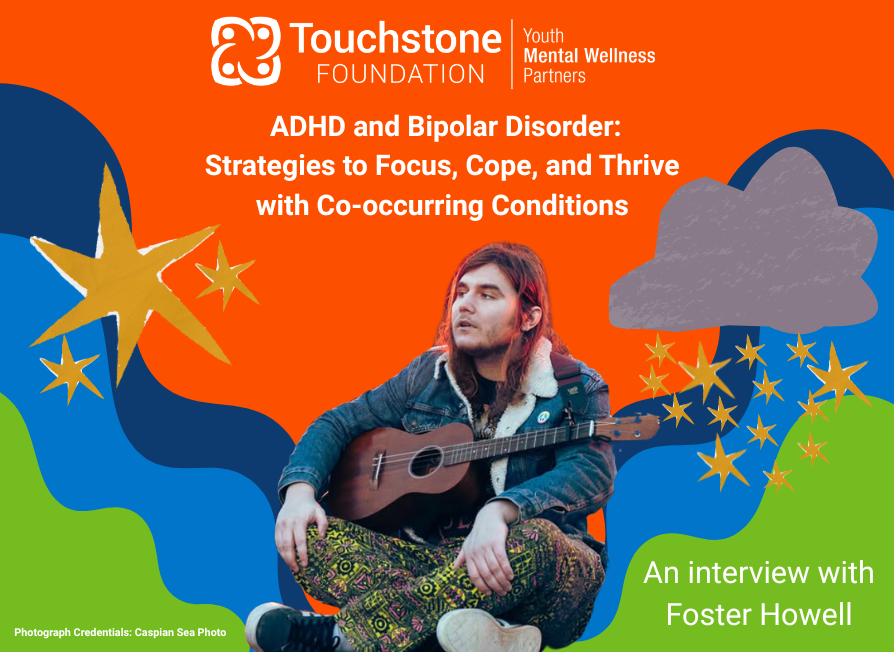Guest post by Emily Pressley, DO
Psychiatrist, Penn Medicine/LGH
Our youth are in crisis with depression and suicide. To turn this around, we must understand the magnitude of the crisis, the risk factors, warning signs, and ways to support our youth.
Suicide is the third leading cause of death of young people ages 15-24. A whopping 20% of high school students have seriously considered ending their lives. Each year, 575,000 young people attempt it. Sadly, 4,600 succeed. Every year.
That’s more than half a million of our nation’s youth choosing to end their lives with firearms (45%), suffocation/hanging (40%), poisoning/overdose (8%), and other means.
What puts youth at risk for depression and suicide?
Factors that increase a young person’s risk for suicide include:
- Mental illness, including depression, bipolar disorder, and substance use disorders
- Interpersonal losses
- Family violence
- Sexual identity confusion
- Physical and sexual abuse
- Bullying
- Educational and discipline problems
- Family history of depression
- Medical issues, such as asthma, diabetes, migraines
- Obesity
- History of suicide attempts
- Negative body image
- Low self-esteem
- Antisocial peer group
Prevention starts with knowing the warning signs
Suicide is difficult to predict. But there are signs we should not ignore. These include:
- Talking about dying. Any mention of self-harm (such as disappearing, jumping, shooting self) communicated directly, or through social media
- Recent loss through death, divorce, breakup of relationship
- Loss of interest in activities and social contacts
- Change in personality (such as sadness, withdrawal, irritability, anxiety, loss of energy, apathy)
- Change in behavior, difficulty concentrating, failing grades
- Change in sleep patterns (too much or too little sleep, nightmares)
- Change in eating habits (loss of appetite, loss of weight, overeating)
- Loss of control (acting erratically, harm to self or others
- Increase in substance use
- Feelings of worthlessness, shame
- Hopelessness
Next steps: screening and treatment
Early detection can lead to early treatment. This can be done through depression/suicide risk screening. A behavioral healthcare professional, and often a primary healthcare provider, can provide one or more evidence-based screenings available.
The teen may then be referred for treatment. Treatment should last for at least 6 months, and may include:
- Cognitive Behavioral Therapy or Interpersonal Therapy (as a first line of therapy)
- Medication that is FDA approved for use by adolescents (for more severe depression)
Treatment should NOT include:
- Tricyclic anti-depressants. They have been found to be ineffective in adolescents.
Any medication therapy should be closely monitored. If the teen does not respond to medication therapy, or shows and increase in mood swings, they should be re-evaluated for possible bipolar disorder.




